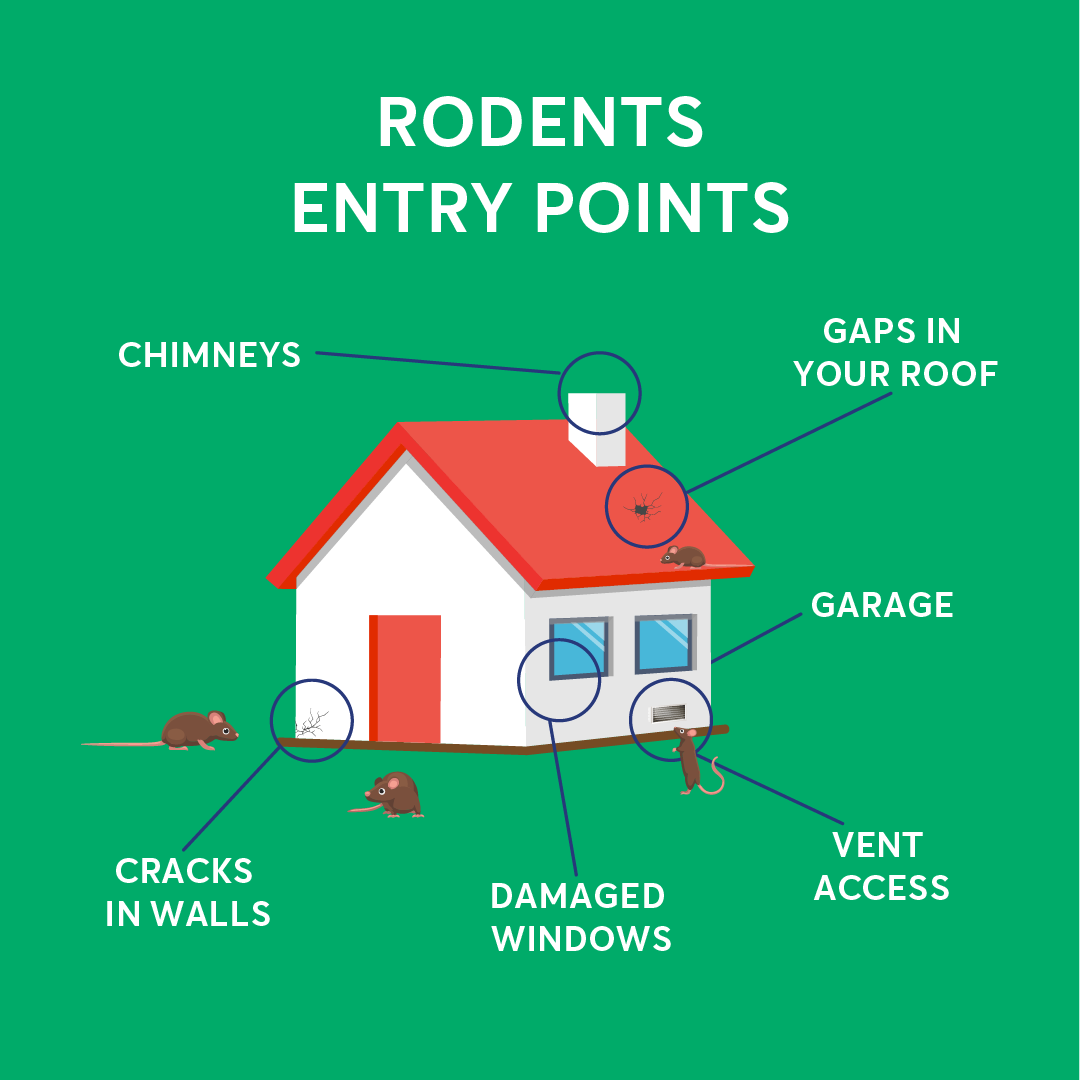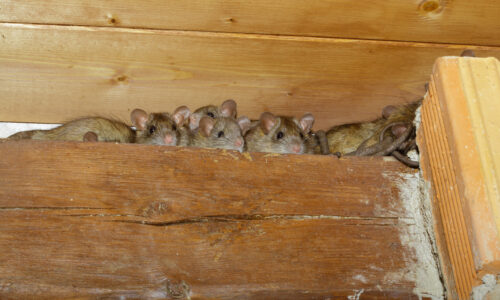No one wants rats in their home. These pests have a well-earned reputation as one of the worst home invaders out there. They carry diseases, leave feces and urine everywhere, and chew through things. They can contaminate your home, destroy property, cause fires by chewing wires, and even bite people. So, how do you keep these nasty pests from getting into your home?
Exclusion. Exclusion means blocking the entry points that rats might use to get inside. In order to exclude them, you need to know how rats are likely to get into your home. The top entry points are gaps in the wall, holes in the roof, gaps in windows, vents, and chimneys.
Most people already know that rats can get in through gaps in the wall or the foundation. You can seal cracks in the foundation with special materials, such as building caulk or expandable foam. Keep in mind that even small cracks are big enough to allow access to rats. You also want to make sure that you use durable sealants. For larger cracks, rats can often destroy the sealing material. You may need metal materials, such as wire mesh, to keep them from chewing through the foam.
Chimneys are another area of access. Rats can often just crawl up the chimney and down through it to get into your home. You want to regularly clean your chimney to ensure it is free of nests. You can also purchase special caps designed to keep out rats and other pests.
Windows are another area of access. First, do you keep your windows open? Many people keep their windows cracked to let in fresh air. If you do not have screens, rats can crawl right through that gap. However, they can also get in if your screen is torn or ill-fitting. Rats can also get through gaps around the windows, so make sure and seal them as well.
Rats can crawl in through vents. Rats can crawl through very small areas. You can use metal grates or mesh to block these exit points. That can help you prevent rats from getting inside.
Finally, you want to check for holes in your roof. Rarely are we talking about holes that you can see from the ground. If you have a hole that size in your roof, you will probably experience a lot of flooding in your home. Instead, we are talking about cracks or holes where parts of the roof intersect. You may want to have a roofing professional check your roof if you suspect cracks or if you have an older roof.
Worried about making sure rats cannot get inside? Contact Flick. We can help you with exclusion and set up extermination tools to keep your home rat-free.
Enjoyed this article?
If you found this article helpful, sign up for our free Quarterly Newsletter to receive all our tips and tricks on pest control and washroom hygiene.
Sign Me Up!

